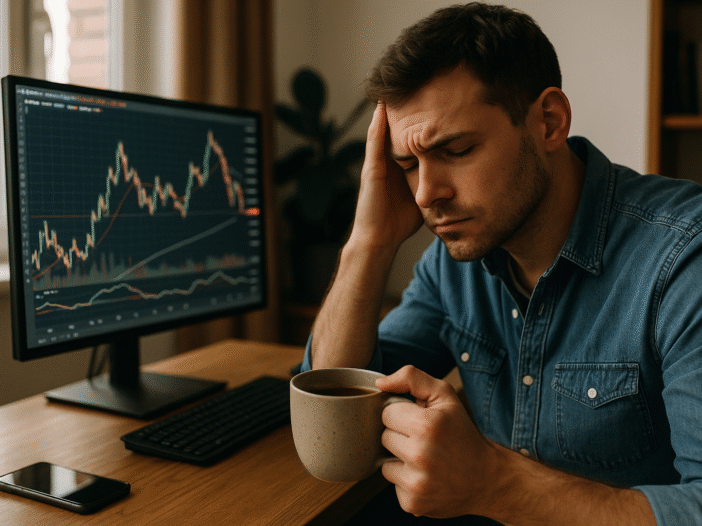How refocusing on the right timeframe restores clarity and discipline I noticed something last week.The tighter I zoomed in, the more I lost the plot. Each time I stared at the five-minute chart, pressure built, that quiet urge to act, to fix, to catch something. The smaller the chart, the louder the noise. I started […]
Back to Basic
Flat Isn’t Failure
Last week, there were two days, I didn’t take a single trade. This post is to share the lessons I learned from those two days. Tokyo sessions offered no structure. London teased setups that never completed.Each day, I logged in, mapped the anchors, and walked away flat. By Friday, frustration crept in. That quiet feeling […]
The Window Is the Edge
Most traders think edge lives in the chart. Patterns, indicators, setups. But this week reminded me that edge often lives in time. I’ve been trading Tokyo mornings with smaller probes. The pattern is clear: the first 90 minutes tell the truth. Moves are clean, the flow is directional. After that, the market slides into chop. […]
The Discipline of Probe Trades
Not every trade is meant to be a winner. Some trades are meant to ask a question. This week reminded me of that. A few setups looked ready to run, and I stepped in with small size to test the waters. The market’s response wasn’t there. Instead of forcing it, I cut them quickly. On […]
Coffee Thoughts – The Market Owes You Nothing
I thought I was past this. After a string of red days, I caught myself thinking:“Surely I’m due for a winner.” That quiet little expectation- like the market keeps tabs and eventually hands you a break. It doesn’t. You can show up on time, follow your plan, do all the right things… and still lose.Then […]
Coffee Thoughts – When Boredom Becomes Expensive
There’s a special kind of boredom that only traders know. You’re flat. No setups. Just candles drifting.But you’re still there… staring at the screen.Waiting. Clicking. Fidgeting. Then comes the itch:“What if I just take this small one…?” You know it’s not in the plan.But it gives you something to do.Something to feel. And that’s how […]







